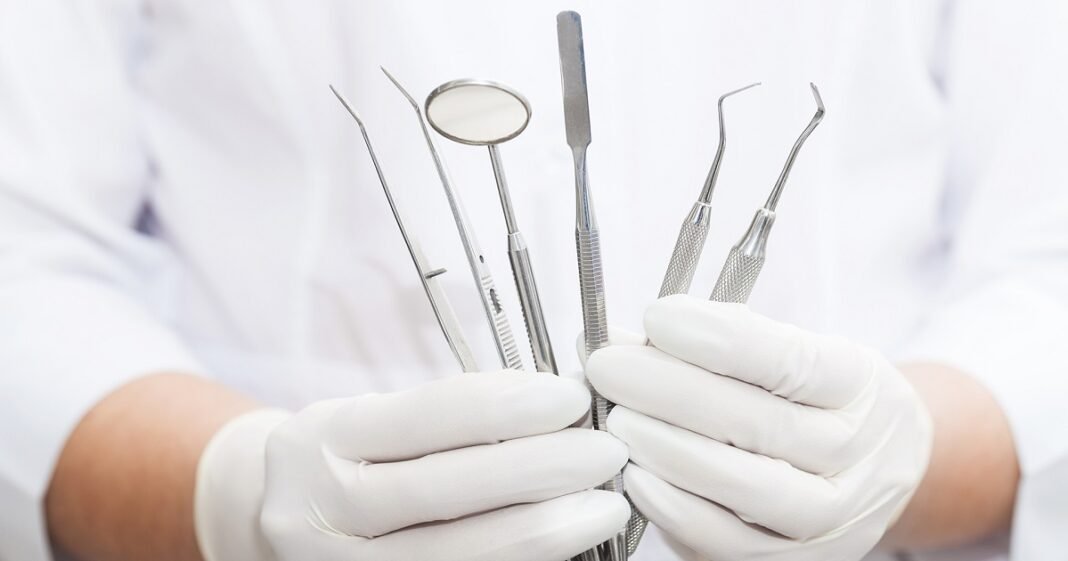In the bustling world of healthcare, the significance of medical surgical equipment cannot be overstated. From the tiniest surgical instruments to massive imaging machines, each piece of equipment plays a vital role in ensuring surgeries are performed efficiently and safely. In Pakistan, a country experiencing rapid growth in healthcare services, understanding the landscape of surgical equipment is essential for healthcare professionals, manufacturers, and policymakers alike.
Understanding Medical Surgical Equipment
Definition and Categories of Surgical Equipment
Medical Surgical Equipment in Pakistan encompasses a wide range of devices, instruments, and apparatus used during surgical procedures. These can be broadly categorized into:
- Surgical Instruments: Tools used directly in surgery, such as scalpels, scissors, and clamps.
- Imaging Equipment: Devices that provide visual representations of the internal structures of the body, including X-rays, MRIs, and CT scans.
- Anesthesia Equipment: Machines and devices that help manage patient sedation and pain during surgery.
- Support Equipment: Components that help with surgery, such as lights and operating tables.
Importance of Quality and Standards
Quality is crucial when it comes to surgical equipment. Substandard equipment can lead to complications, infections, and even fatalities. In Pakistan, it is crucial to adhere to international quality standards to ensure that surgical outcomes are not compromised.
Types of Medical Surgical Equipment
Surgical Instruments
Scalpels and Blades
Scalpels are essential tools for making incisions in surgical procedures. Their performance and safety are greatly impacted by their design and material quality.
Forceps and Clamps
Forceps are used for grasping, holding, and manipulating tissues, while clamps are critical for controlling bleeding during surgery. The selection of the right type can greatly impact surgical efficacy.
Imaging Equipment
X-rays and MRIs
Imaging equipment is vital for diagnostics and surgical planning. While MRIs provide fine-grained imaging of soft tissues, X-rays provide rapid scans of bone structures.
Ultrasound Machines
The use of ultrasound technologies for guidance during minimally invasive operations and preoperative examinations is growing.
Anesthesia Equipment
Anesthesia machines ensure that patients are safely sedated during surgery. This equipment must be reliable and easy to operate to prevent any mishaps.
Surgical Tables and Lights
These supportive devices create the ideal conditions for surgical procedures. Modern surgical tables often come equipped with advanced features, while surgical lights provide optimal visibility.
Major Manufacturers and Suppliers in Pakistan
Overview of the Local Market
The market for medical surgical equipment in Pakistan is a mix of local manufacturers and international suppliers. With the increasing demand for healthcare services, many companies are entering this sector.
Leading Manufacturers
Local companies are stepping up to produce high-quality surgical instruments. Names like SurgiTech and MedEquip have garnered a reputation for excellence.
Importers and Distributors
Many businesses in Pakistan also import surgical equipment from abroad, ensuring a diverse range of products is available. Leading importers are often linked with major international brands.
The Regulatory Landscape
Government Regulations
The Pakistan Drug Regulatory Authority (DRAP) oversees the regulation of medical equipment. It sets stringent guidelines to ensure all surgical instruments meet safety and quality standards.
Quality Assurance Standards
It is imperative for manufacturers to adhere to international rules and ISO standards. This compliance ensures that products are not only safe but also effective.
Trends and Innovations in Medical Surgical Equipment
Advances in Technology
Technology is revolutionizing medical surgical equipment. The possibilities are infinite, ranging from 3D printed surgical equipment to robotically assisted surgeries.
Sustainability in Medical Equipment
With a growing emphasis on sustainability, manufacturers are looking for ways to produce eco-friendly surgical equipment that minimizes environmental impact.
Telemedicine and Remote Surgeries
The rise of telemedicine has opened doors for remote surgeries, allowing surgeons to operate from afar using advanced robotic systems.
Challenges Facing the Industry
Supply Chain Issues
Like many industries, the medical surgical equipment sector faces supply chain challenges. Delays in delivery can significantly impact surgeries and patient care.
Cost Constraints
Cost remains a significant barrier, particularly for public hospitals in Pakistan. Balancing quality with affordability is an ongoing struggle.
Training and Education
Proper training is essential for healthcare professionals to use surgical equipment effectively. There is a growing need for educational programs focused on modern surgical technologies.
Medical Surgical Equipment’s Future in Pakistan
Growth Potential
With a burgeoning population and an increasing emphasis on healthcare, the medical surgical equipment market in Pakistan is poised for substantial growth.
Investments in Healthcare Infrastructure
Government and private sector investments in healthcare infrastructure will further stimulate demand for advanced surgical equipment.
Conclusion
In conclusion, medical surgical equipment is a cornerstone of effective healthcare delivery in Pakistan. As the country advances towards a more sophisticated healthcare system, the demand for high-quality surgical instruments will continue to grow. Stakeholders must collaborate to address challenges, embrace innovations, and ensure that healthcare professionals are equipped with the best tools available.


